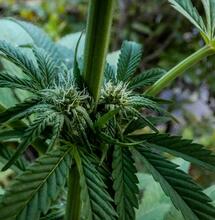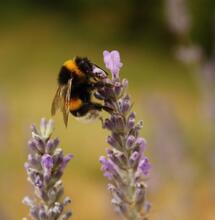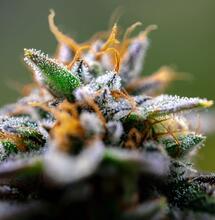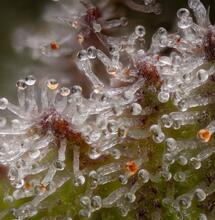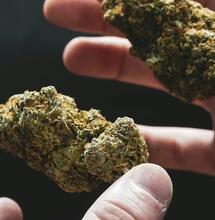New Study Adds Evidence to Cannabis Entourage Effect

Research sheds light on how cannabis compounds such as cannabinoids, terpenoids and flavonoids work together to produce the therapeutic effects of cannabis. Probing into the intricate interplay between these different chemicals is crucial for understanding how marijuana works medicinally, and it can help optimize future medicinal therapies with the plant.
A new study, published in the journal Molecules, has looked closer at the interactions of cannabinoids, terpenes and flavonoids in a select number of cannabis cultivars. The study offers a deeper understanding of “the complex web of chemical interactions” that might influence the cannabis experience among users.
The study authors say that only by assessing the “collaborative interactions” researchers can unlock the full therapeutic potentials of cannabis and develop “more personalized and productive medicinal interventions.”
Terpenes Play a Pivotal Role in the Entourage Effect
The study adds to the evidence of what many have been claiming for years, that THC and CBD are not the sole contributors for how a person might experience cannabis. Rather, the experience is complete with the role of each type of compound, something that’s already known as the “entourage effect.”
The researchers remark that much of the scientific literature over the years have been focused on the two major cannabinoids, and THC in particular, represents the most investigated compound ever since cannabis research began in the 1960s.
Beyond cannabinoids, terpenes are also key players in delivering the entourage effect, the study authors acknowledge. The aromatic compounds enhance “the overall therapeutic potential of cannabis,” they write.
Both cannabinoids and terpenes “interact with the endocannabinoid system and exert various effects on the body, including analgesic, anti-inflammatory, and neuroprotective actions,” the study notes. “However, it is becoming increasingly clear that their effects are not solely attributed to their actions but are modulated by other compounds in the plant,” it continues.
It has been demonstrated that terpenes “have pharmacological properties and can interact with neurotransmitter receptors, enzymes, and cell membranes, among other targets.”
The authors further write that terpenes “work independently and synergistically with cannabinoids to produce various therapeutic effects.”
Another role prescribed to the aromatic compounds is their capacity to permeate the blood-brain barrier, and with that easing the passage of cannabinoids into the brain and the central nervous system, potentially improving their neuroprotective effect.
As an example, beta-caryophyllene, a common terpene in cannabis, and also a major constituent in black pepper, hops, rosemary, and cloves, “has been identified as a selective CB2 receptor agonist with potential anti-inflammatory effects.”
The coaction between cannabinoids and terpenes “gives rise to the diverse effects, benefits, and side effects observed among different cannabis strains, which can vary in the ratios of these components,” the study authors conclude.
Entourage Mechanisms of Cannabis Remain Underexplored
The researchers note that there’s a need for further investigation on the complex relationships between the different compounds found in cannabis. There are many gaps in the knowledge, they say.
The investigation on the therapeutic synergies between phytocannabinoids and other cannabis phytochemicals is incomplete, offering only a limited understanding of what they do in the body and how they work to deliver the therapeutic effect, according to the study.
In the case of terpenes, one of the understudied aspects is their anti-neuroinflammatory activities.
Flavonoids are another class of compounds that are little explored. There’s scant research that proposes they might have anti-inflammatory, antioxidant and neuroprotective qualities.
Specific flavonoids, such as cannflavins, might have unique anti-inflammatory effects. For example, those effects can be more pronounced in the nervous system.
Last but not least, lack of knowledge also follows some of the newly discovered compounds. Last year scientists identified “flavorants” as unique chemicals responsible for producing the authentic aromas of different marijuana cultivars. The find negated the theory that terpenes alone were culpable for the pungent smells of cannabis flowers.
Also read on Soft Secrets:




